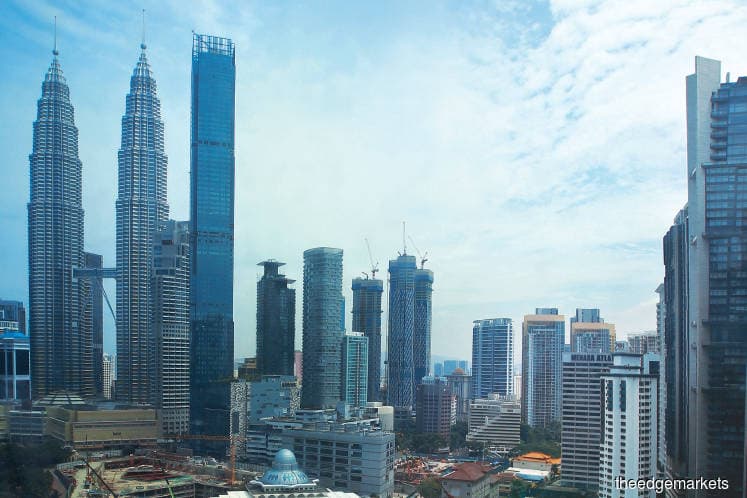
This article first appeared in The Edge Financial Daily on January 17, 2020
KUALA LUMPUR: Malaysian equities, which are relatively cheaper compared with other markets, is looking more attractive given the improved prospects following the de-escalation of the US-China trade war, which is expected to bring a recovery in the external environment and boost corporate earnings, said Manulife Investment Management (M) Bhd.
Valuation-wise, the market is trading at the average level of its 10-year historical price-to-earnings, which makes it attractive compared to Asia ex-Japan and US equities, which are trading at above their average levels, said Manulife’s head of total solutions and equity investment Tock Chin Hui.
“Key risks to our views are possible flare-up of tensions in the Middle East as well as challenges to the next phase of Sino-US trade negotiation given the involvement of intellectual property issues,” said Tock.
Stock-picking remains the key this year, Tock said, and the asset management company’s focus will be on stocks related to technology, electrical and electronics (E&E), and commodities. This is in view of the continued recovery in commodity prices like palm oil and crude oil. “The stabilisation of crude oil prices will encourage crude oil producers to raise their productions due to earnings visibility,” Tock said at a media briefing on the asset management’s outlook for 2020 yesterday.
The roll-out of fifth-generation (5G) technology also presents good investment opportunities, she said, as it puts Malaysia at the start of a multi-year capital spending cycle. “Malaysian technology companies, which are part of the global technology supply chain, are seeing a rise in orders as a result of the 5G infrastructure roll-out,” she said.
Meanwhile, Tock said the country has been seeing higher approved foreign direct investment in the manufacturing sector, as more foreign companies are seeing Malaysia as an attractive base for their manufacturing and research and development activities.
Further domestic policy clarity, continuity and execution of reforms will boost market confidence, she noted.
On the issue of an Indian boycott on Malaysian palm oil, Tock said if India decides not to buy Malaysian palm oil, it will turn to Indonesia. But given low supply, if Indonesia decides to export more palm oil, it will end up having to import Malaysian stocks to fill the gap, she said.
“They [India] will have to buy from Indonesia. Indonesia is already self-sustaining, then Indonesia buys from who? They will have to buy from Malaysia,” she said.
OPR cut likely in 2H20
Meanwhile, head of fixed income Andy Luk said a 25-basis-point cut to Bank Negara Malaysia’s overnight policy rate (OPR) is likely to happen in the second half of 2020 (2H20), if economic growth falls short of expectations.
For now, the central bank is unlikely to cut the OPR, which stands at 3%, at its monetary policy committee meeting next week, he said.
On the ringgit, Luk said market consensus pegged it at 4.0 to 4.2 against the US dollar for this year, adding the local note will likely outperform the greenback.
On the bond market, Luk said Manulife does not anticipate a repeat of 2019’s market movement, given the improved growth outlook following de-escalation of the US-China trade tension, which implies fewer propensities for further monetary and financial easing going forward.
“However, the potential exclusion of Malaysia from the FTSE Russell World Government Bond Index in March 2020, as well as the reduction of Malaysia’s weightage in the GBI-EM Global Diversified Index to make way for China’s inclusion, poses outflow risks. This cast an overhang on the bond market, though we expect impact to be gradual and temporary as the Malaysian market has enough depth and size to absorb the impact.
“Coupled with geopolitical and events risks, we may see short term weakness in the market,” Luk added.
Foreign purchases of Malaysian debt securities jumped to RM19.9 billion last year, the highest in seven years as investors hunted for higher-yielding emerging markets securities following a slew of policy rate cuts by central banks in the advanced economies.